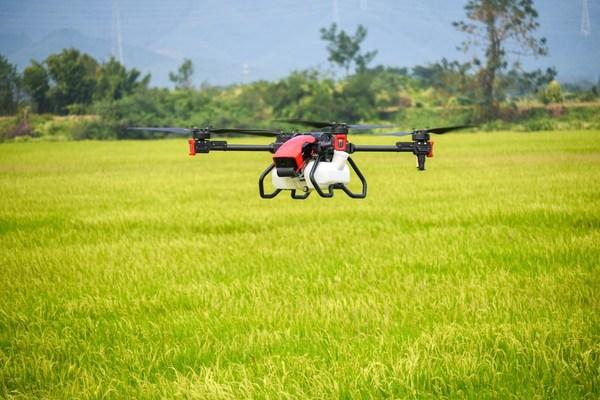Drones are made of lightweight composite materials to reduce weight and provide high-altitude coverage. Motor operation is achieved through a compact high torque multi propeller system, which gives the device high independence and provides fault safety functions, even if any motor within the device stops working; When it receives support from a set of propellers, it will continue to fly.
These propellers are operated by the Remote Ground Control System (GSC) using radio waves, including Wi Fi. Most of these devices contain detachable batteries, so they can be kept in the air for a long time. The use of powerful batteries in design can increase flight time.
Gyroscopes and sensors transmit rotation rate and other parameters to the computer, which uses algorithms to adjust the positioning of the drone. This allows the drone to maintain balance, hover continuously, move forward, backward, or vertically.
Computer algorithms help drone operators control the descent of drones. Although drone drivers can control the location and time of drone movement, it is computer positioning algorithms that ensure automatic stability levels.
GPS and other navigation systems are fixed inside the nose of the drone to convey its precise position. Or, if the controller has a command, the airborne Acronyms and abbreviations in avionics can convey the altitude vector and keep the UAV at a specific altitude.







Please sign in to comment
register